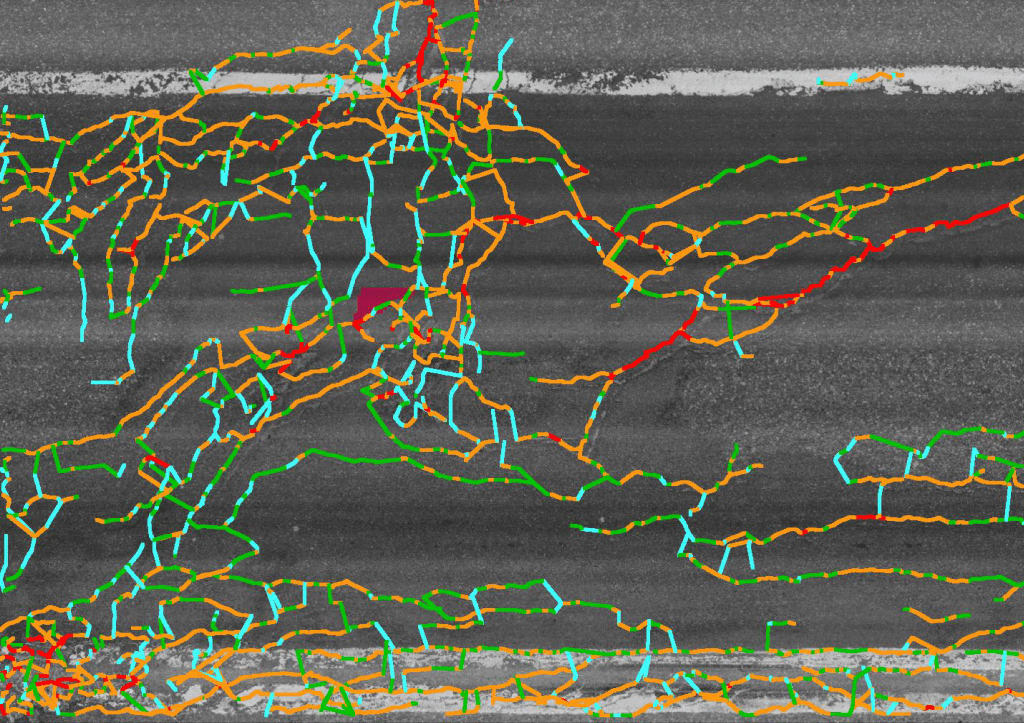
Automated pavement inspections
Public roads are essential infrastructure for resilience, providing the ability to move people and materials in and out of disaster areas and zones of elevated climate risk. However, road networks in many cities are aging and wearing out more rapidly from increased rainfall and elevated temperatures. Road authorities, however, typically lack the capacity to inspect roads more than every 2-3 years, and this leads to reactive maintenance, as defects are treated later at higher cost with less effective improvements in pavement conditions. A growing number of road condition monitoring solutions using AI to combine multiple data streams from LiDAR, camera, and GPS sensors to identify many common types of pavement defects such as alligator cracking, utility cuts, as well as variations in surface smoothness.
As automated pavement inspection solutions are used in more cities, they will allow for more frequent, cost-effective maintenance of roads for essential transportation, boosting cities' adaptive capacity and reducing one of the largest and fastest-growing sources of climate-induced spending on infrastructure maintenance.


